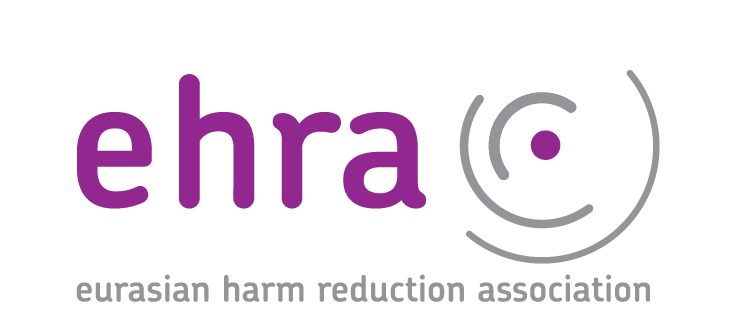Technical brief on HIV and key populations “Programming at scale with sex workers, men who have sex with men, transgender people, people who inject drugs, and people in prison and other closed settings”
- 26.02.2020 13:58
- Post Views: 899
Compared with several years ago, more countries have clearly identified key populations within their National Strategic Plans; more interventions are aligned with those recommended by WHO, UNAIDS, and the Global Fund; and the reach and coverage of key populations with appropriate services is being better measured, including through disaggregation of data by sex and age. As a result, we are now better able to assess what works, which areas of programming are more challenging to implement, and which gaps in services countries should pay particular attention to when planning their programs.
Countries have set ambitious targets for HIV prevention, aligned with the United Nation’s Political Declaration of 2016. Programs for key populations must be designed for scale. This means reliably and safely estimating the size of key populations (in close consultation with community experts); understanding their particular vulnerabilities and service needs; and designing and delivering comprehensive, evidence-informed, rights-based, and high-quality services to reach sufficient enough numbers of individuals to make an impact at the population level. These services must cover not just HIV prevention, but the entire cascade of prevention, diagnosis, treatment, and care for HIV (and for other priority health needs such as sexually transmitted infections, hepatitis, tuberculosis, mental health, and sexual and reproductive health).
Scale, quality and comprehensiveness of services are essential but not sufficient: access is a key issue. In many countries, uptake of services across the prevention and treatment cascade remains poor for key populations, primarily because of barriers related to human rights and gender, including criminalization, religious laws, cultural norms, stigma, discrimination, and violence. For this reason, the Global Fund strategy 2017–20224 stresses the importance of ensuring that services are accessible, acceptable, affordable, and of high quality. A key component of improving access for key populations is to identify, strengthen, and support civil-society, community-based, and key-population led organizations and networks to provide large-scale programming. Such organizations can be well placed to create trusted, safe platforms for service delivery, whether these are direct services via drop-in centers, community outreach workers, or internet-based communications; or tracked referrals to vetted service-providers that are respectful of, and safe for, key populations.
This technical brief on HIV and key populations “Programming at scale with sex workers, men who have sex with men, transgender people, people who inject drugs, and people in prison and other closed settings” is based on lessons learned from an assessment of programs for key populations across 65 countries. The assessment was commissioned by the Global Fund to examine how HIV service packages are designed, delivered, and monitored during the 2017–2019 allocation period.
To read full version of the brief “Programming at scale with sex workers, men who have sex with men, transgender people, people who inject drugs, and people in prison and other closed settings”.
Related News
Global Fund Strategy Development – Open Consultation Questions
COVID-19 is radically altering global health, politics and economics, and the impact upon programs fighting HIV, TB and malaria will likely be tremendous. The new pandemic could completely derail our vast efforts of the past 20 years. At the same time, it has galvanized public awareness on global health security in a way that builds […] Read moreGlobal Fund Technical Brief Tuberculosis, Gender and Human Rights
The purpose of this technical brief is: to assist Global Fund applicants to consider how to include programs to remove human rights and gender-related barriers to tuberculosis prevention, diagnosis and treatment services within funding requests, and to help all stakeholders ensure that TB programs promote and protect human rights and gender equality. Post Views: 813 Read moreGlobal Fund Technical brief on HIV and key populations Programming at scale with sex workers, men who have sex with men, transgender people, people who inject drugs, and people in prison and other closed settings
The purpose of this technical brief is to provide information for countries preparing funding requests for comprehensive programs that address the cascade of HIV prevention, diagnosis, treatment, and care for the following key populations: male, female, and transgender sex workers, gay men and other men who have sex with men, transgender people (especially transgender women), […] Read moreServices for migrants and refugees from Ukraine – HIV/TB care with a focus on key populations
Due to the increasing flows of refugees from Ukraine because of Russia’s invasion of Ukraine, the EECA Regional Platform created a spreadsheet to fill contacts details of face-to-face and online services for refugees and migrants (with a focus on HIV/TB care and key population groups).
Regional Platform – EECA
This web-resource is a part of new regional communication and coordination project “Regional Civil Society and Community Support, Coordination and Communication Platform - EECA”, implemented by Eurasian Harm Reduction Association (EHRA).
Tags
See also
-
Grant Cycle 7 Reprioritization: How can communities prepare? 02.07.2025 12:03
-
Webinar: Using Global Fund's Data for Advocacy 12.06.2025 12:00







